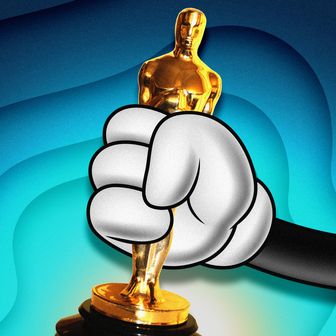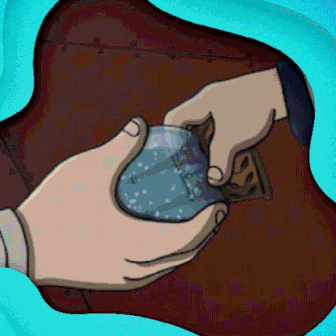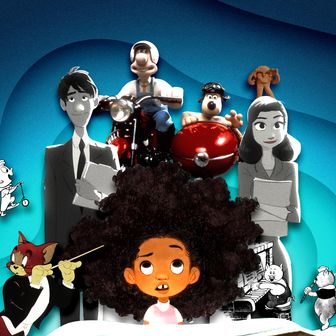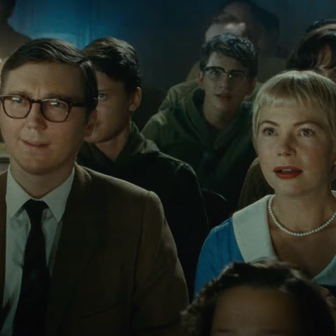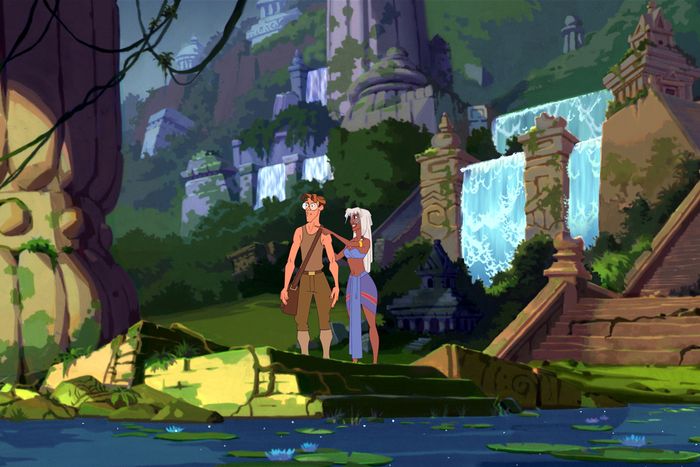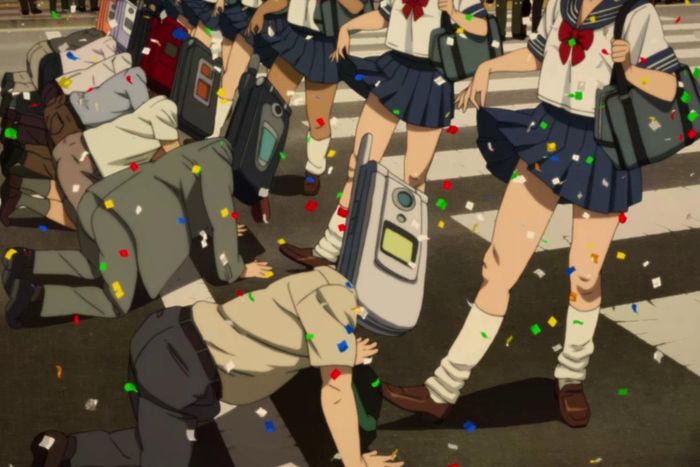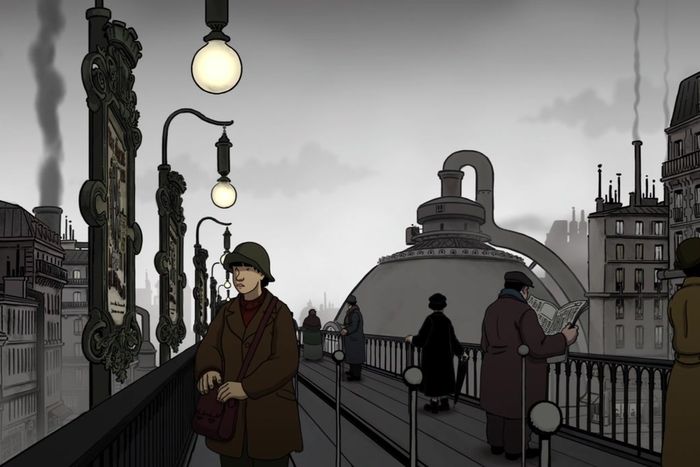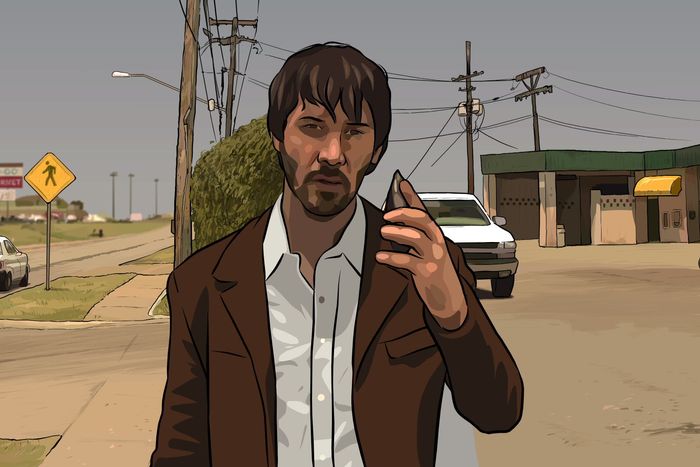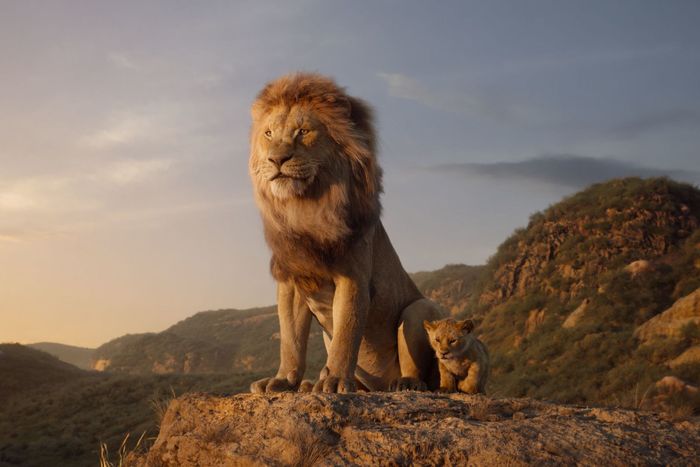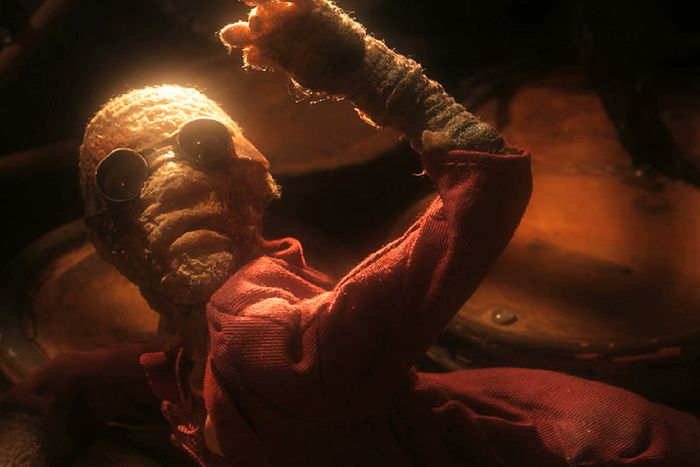The Academy Awards existed more than seven decades before animated movies finally got their due. The addition of the Best Animated Feature category in 2001, you’d think, would’ve opened doors for the Oscars to celebrate and honor animation of all kinds — different genres, different techniques, and hailing from different countries. That’s not what the past 21 years of Oscars have borne out, though.
With very few exceptions, the category has been a boon for the Disneys and DreamWorks of the world, leaving the rest of the animation world struggling to get past the “happy to be nominated” stage. There’s no one reason that explains why the Academy ignores so many types of animated movies, but a look back at the past 22 years of nominations reveals a few trends that explain the Oscars’ limited slate of animated movies, year after year.
The Rules Limit the Number of Nominees
Perhaps the biggest thing keeping great animated films from getting recognized is not genre snobbery or ignorance of non-western animation (though those are certainly factors). Instead, it’s the Academy’s very own rule that caps the number of nominees at three, rather than five, in years when there aren’t enough eligible films. Per the original rules, any year in which between eight and 15 eligible animated features are released gets only three nominees. If there are 16 or more films, there are five; fewer than eight and there’s no award that year. The Academy has tweaked the rules since introducing the category — and there are more and more animated films each year, so it’s unlikely there will ever be a dearth of options again — but the first decade of the award was marred by three-film slates. This meant that several worthy films were shut out of contention in the ’00s in part because there was simply no room for them in the rules. One can imagine a world where Atlantis: The Lost Empire, Disney’s ambitious (if not totally successful) attempt at reimagining what a “Disney” movie was, was honored in 2001, or one where Satoshi Kon’s brilliant mind-screw Paprika got a nod in 2006.
They’re Anime, But Not Made by Hayao Miyazaki (or Studio Ghibli)
To date, the acclaimed Studio Ghibli director is the only anime filmmaker whose film has won the Best Animated Feature award, for Spirited Away. He was also nominated for The Wind Rises and Howl’s Moving Castle. Just three other anime titles have been nominated — Mirai, The Tale of Princess Kaguya, and The Red Turtle — and of those three, only Mirai was made without Studio Ghibli’s involvement.
The list of snubs is longer and littered with the names of directors largely unknown to the broader American public but considered visionaries in anime conversations: Rintaro’s Metropolis (2001), Satoshi Kon’s Paprika (2006), Masahiro Andō’s Sword of the Stranger (2007), Makoto Shinkai’s Your Name (2016), Naoko Yamada’s A Silent Voice (2016), Mamoru Hosoda’s Belle (2021), and this year’s Inu-Oh, directed by Masaaki Yuasa, are just a few films that have been submitted for Academy consideration in the last 20 years. If you’re not Miyazaki or affiliated with Studio Ghibli, it’s nearly impossible to break through: The director of Mirai, Mamoru Hosoda, was not nominated for his (arguably stronger) follow-up film Belle, and Michael Dudok de Wit, director of The Red Turtle, called his own film’s nomination a “miracle” in the midst of its underdog campaign.
They’re Non-Anime International Animation
It took about a decade or so for the European and other international animated-feature markets to catch up to the U.S. and Japan, but their films have done decently at the Oscars: Incredible films like Chico & Rita, A Cat in Paris, The Triplets of Belleville, I Lost My Body, and Klaus have all contended for Best Animated Feature, and one, Britain’s Wallace & Gromit: The Curse of the Were-Rabbit, actually won. Many more films, however — especially in recent years as the market’s ramped up and streaming demand has increased the global visibility of animated films — have felt like sorely overlooked misses.
To name just five examples: In Australia’s acclaimed stop-motion effort Mary and Max (2009), the main characters face mental-health issues while they write to each other as pen pals. In Spain’s Wrinkles (2011), a cast of elderly characters live out their sunset years as one of them succumbs to dementia. Brazil’s Rio 2096: A Story of Love and Fury (2013) tells the country’s national story through the lens of four pivotal dates in its history. April and the Extraordinary World (2015) — from France, Belgium, and Canada — created a whole dystopian, steampunk universe inspired by the films of Studio Ghibli. And in The Summit of the Gods, from France, a mountaineer chases the heights of Mount Everest in a film that applies 2-D animation to a spare, frigid landscape. None of them made it to the Oscars, but all of them deserved a shot at the statue.
They’re Based on TV Shows
Because Hollywood likes to adapt anything popular, there are tons of animated TV shows that have gotten their very own, feature-length movie, letting fans see what it would be like if their favorite series had a movie’s ambitions, budget, and, typically, much nicer shading. However, the Academy has never nominated a movie that was based on a TV show, leaving worthy films like The Bob’s Burgers Movie (2022), The Simpsons Movie (2007), The SpongeBob SquarePants Movie (2004), and the surprisingly exuberant Teen Titans Go! to the Movies (2018) shut out from the category. Movies based on anime TV shows face even more obstacles, as its hard to imagine the Academy recognizing a movie with title like Demon Slayer the Movie: Mugen Train despite that film’s sneaky popularity. The movies and TV have always had a rivalry of sorts, and even though the Oscars have a whole category for adapted screenplays, one suspects they don’t like the idea of rewarding what could be seen as just another, longer episode of a preexisting TV show and thus beneath or not worthy of the honor.
They’re Made for Adults Instead of Families With Children
No, we’re not just talking about the Sausage Partys or Beavis and Butt-Heads of the world here. Films like The Spine of Night (rotoscoped action-fantasy horror), Cryptozoo (painterly, collage-like critique of capitalism), and Bob Spit: We Do Not Like People (stop-motion “documentary” in the setting of a postapocalyptic road movie) all have been eligible in recent years, but none were shortlisted for nominations. Chalk this up to the independent-feature animation market feeling like an entirely different world compared to glossy, family-friendly films made for big studios like Disney or DreamWorks. Over the years, meanwhile, there have been several reports of Academy members simply choosing the film their kids liked best. Might it be tricky to compare the merits of an expertly made kids’ movie against a mature, complex bit of adult animation? Sure. Richard Linklater’s rotoscoped (a foundational, century-old animation technique that involves hand-tracing over live footage) effort A Scanner Darkly from 2006, which was deemed eligible, would’ve been hard to weigh against Cars, Monster House, or that year’s ultimate winner, Happy Feet. But often, films like these don’t even make it in front of the eyeballs of the wider Academy votership (or their kids) in the first place.
They Don’t Qualify As Animation
Then there are the animated movies that aren’t nominated for Best Animated Feature because they aren’t, well, animated — either according to the Academy’s standards or by their own. In 2010, likely prompted by James Cameron’s Avatar, the Academy amended its rules to specify that motion-capture, in and of itself, does not qualify as animation. (The current rules single out puppetry, as well.) Additionally, the rules require that animation figure in no less than 75 percent of the movie and that there are “significant” major characters who are animated. And, crucially, if a film is created in a cinematic style that “could be mistaken for live-action,” the filmmakers need to plead their case for why their movie is animated.
This has caused some problems, most notably when Richard Linklater’s Apollo 10 1/2: A Space Age Childhood (which uses rotoscoping) and Marcel the Shell With Shoes On (which features a stop-motion protagonist in a largely live-action environment) were initially deemed ineligible for the award. After protest — an appeal involving tons of behind-the-scenes progress clips that the filmmakers sent the Academy’s animation branch executive committee to review — the films were allowed, and Marcel ultimately got nominated. Despite 2023’s notable controversy, this rarely is a reason why animated movies are excluded from consideration. (The Spine of Night, another rotoscoped film, was eligible but not nominated the year prior.)
More intriguing are the animated movies that don’t wish to be considered animated movies. The Academy’s 2010 rule change likely meant to keep the Avatars of the world out of the category, but Avatar doesn’t want to be considered an animated movie despite being almost entirely animated. Animation is still widely considered to be “a kids’ medium” in the United States, so it benefits CGI-heavy blockbusters to avoid the label. It’s why Disney did not submit the 2019 Lion King for consideration, because it wanted to preserve the illusion that the entirely animated film was another “live-action” remake. Should The Lion King have been nominated for Best Animated Feature? No, of course not — it’s a joyless, colorless abomination. But it speaks to where the medium, and the Oscar, may be headed as the lines between animated films and blockbuster films that rely on animation blur.
They’re Mad God
Just kidding. Even in our most optimistic hopes for what the Academy could be, there’s no chance that it would ever nominate something as singular, bizarre, gonzo, and scatalogical as Phil Tippett’s magnum opus from last year. Mad God is more an experimental art film than crowd-pleaser, which is only to Tippett’s credit. It’s an ambitious, narratively oblique, stop-motion descent into a hell that looks like a grim menagerie of the grotesque and took Tippett three decades to make independently, far, far away from any studio or meddling producers. Obviously, it rules, and it’s for those reasons and more that it was never going to have a shot at an Oscar. But, oh, what if it could’ve?
Mad God’s snub underscores how difficult it is for unconventional, cult-oriented, or genre films — animated or not — to get any kind of award notice. But maybe one day the Academy will surprise us — if not with a Mad God, then at least with something outside its normal definition of what praiseworthy animation looks like.


